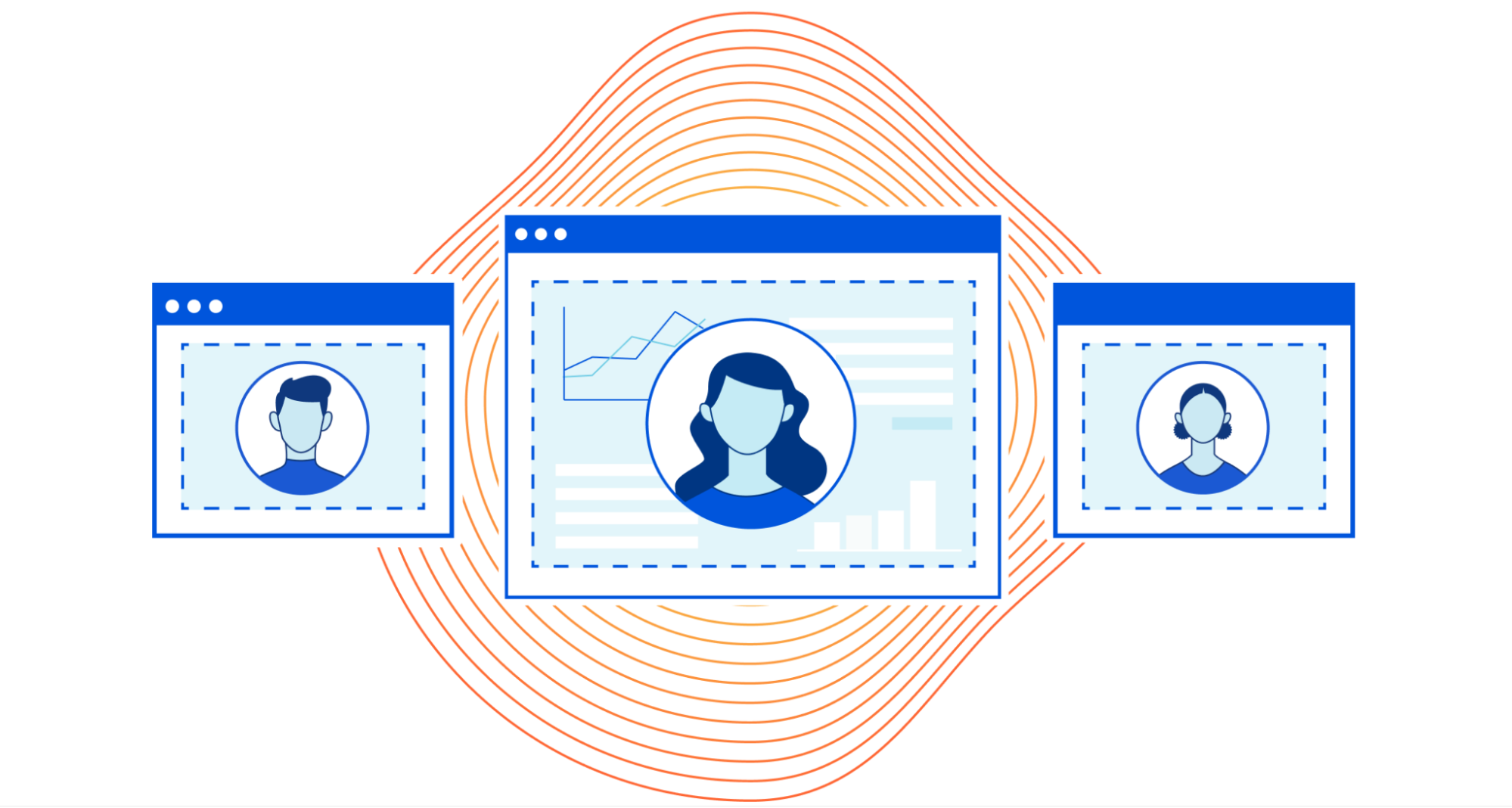A new CEO invariably means a reorganization around his/her vision of things and an attempt to address perceived problems in the company’s organizational structure. In hindsight, that’s another clue that Bob Swan wasn’t long for the CEO’s job at Intel, since he never did a reorg.
Pat Gelsinger, who has been Intel’s CEO for just over four months, on the other hand, completely flipped the table with a major reorganization that creates two new business units, promoted several senior technologists to leadership roles, and saw the departure of a major Intel veteran.
The two new units: one for software and the other on high performance computing and graphics. Greg Lavender will serve as Intel’s chief technology officer and lead the new Software and Advanced Technology Group. As CTO, he will head up research programs, including Intel Labs. Lavender comes to Intel from VMware, where he was also CTO, and has held positions Citigroup, Cisco, and Sun Microsystems.
To read this article in full, please click here

